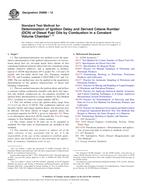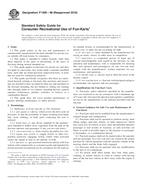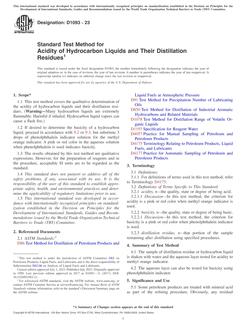1.1 This specification covers low-carbon precipitation-strengthened nickel – copper – chromium – molybdenum – columbium alloy steel plates for general applications. The alloys in this specification are strengthened by precipitation in various temperature ranges. Precipitation strengthening can occur upon air cooling after hot rolling, during normalizing, and by another heat treatment. These grades are not intended for use in applications above 900°F [540°C].
1.2 Two grades, each with three classes, are provided as follows:
| Grade and Class | Condition |
| Grade A, Class 1 | as-rolled and precipitation heat treated |
| Grade A, Class 2 | normalized and precipitation heat treated |
| Grade A, Class 3 | quenched and precipitation heat treated |
| Grade B, Class 1 | as-rolled |
| Grade B, Class 2 | normalized |
| Grade B, Class 3 | normalized and precipitation heat treated |
1.3 Grade A provides minimum yield strength levels ranging from 50 to 85 ksi [345 to 585 MPa], depending on thickness and condition.
1.4 Grade A, Class 1, plates are limited to a maximum thickness of 3/4 in. [20 mm]. The maximum thickness of Grade A, Classes 2 and 3, is limited only by the capacity of the composition to meet the specified mechanical property requirements; however, current practice normally limits the maximum thickness to 8 in. [200 mm].
1.5 Mandatory notch toughness requirements are specified for Grade A, Class 1.
1.6 Grade B provides minimum yield strength levels ranging from 70 to 75 ksi [480 to 515 MPa], depending on thickness and condition.
1.7 Grade B plates are limited to a maximum thickness of 2 in. [50 mm].
1.8 Mandatory notch toughness requirements are specified for the three classes of Grade B.
1.9 When the steel is to be welded, it is presupposed that a welding procedure suitable for the grade of steel and intended use or service will be utilized. See Appendix X3 of Specification A 6/A 6M for information on weldability.
1.10 The values stated in either inch-pound units or SI units are to be regarded separately as standard. Within the text, the SI units are shown in brackets. The values stated in each system are not exact equivalents; therefore, each system must be used independently of the other. Combining values from the two systems may result in nonconformance with the specification.
Product Details
- Published:
- 09/10/2002
- Number of Pages:
- 4
- File Size:
- 1 file , 33 KB


